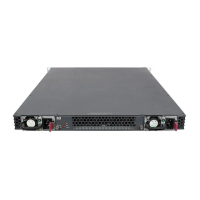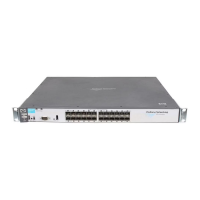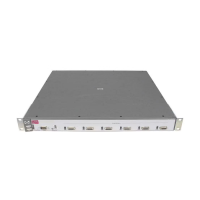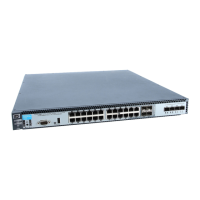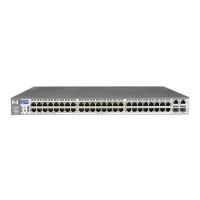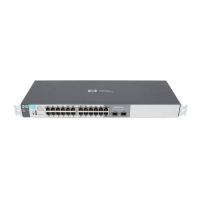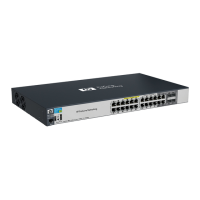39
Cabling and Technology Information
Technology distance specifications
Table 8. Technology distance specifications
Mode Conditioning Patch Cord
The following information applies to installations in which multimode fiber-optic cables are
connected to a Gigabit-LX port. Multimode cable has a design characteristic called “Differential
Mode Delay”, which requires the transmission signals be “conditioned” to compensate for the
cable design and thus prevent resulting transmission errors.
Under certain circumstances, depending on the cable used and the lengths of the cable runs,
an external Mode Conditioning Patch Cord may need to be installed between the Gigabit-LX
transmitting device and the multimode network cable to provide the transmission conditioning.
If you experience a high number of transmission errors on those ports, usually CRC or FCS
errors, you may need to install one of these patch cords between the fiber-optic port in your
switch and your multimode fiber-optic network cabling, at both ends of the network link.
The patch cord consists of a short length of single mode fiber cable coupled to graded-index
multimode fiber cable on the transmit side, and only multimode cable on the receive side. The
section of single mode fiber is connected in such a way that it minimizes the effects of the
differential mode delay in the multimode cable.
Note Most of the time, if you are using good quality graded-index multimode fiber cable that adheres
to the standards listed in Appendix B, there should not be a need to use mode conditioning
patch cords in your network. This is especially true if the fiber runs in your network are
relatively short.
Installing the Patch Cord
As shown in Figure 7, connect the patch cord to the ProCurve transceiver with the section of
single mode fiber plugged in to the Tx (transmit) port. Then, connect the other end of the patch
cord to your network cabling patch panel, or directly to the network multimode fiber.
Technology Supported cable type Multimode fiber
modal bandwidth
Supported distances
1000-T twisted-pair copper N/A up to 100 meters
1000-SX multimode fiber 160 MHz*km
200 MHz*km
400 MHz*km
500 MHz*km
2 - 220 meters
2 - 275 meters
2 - 500 meters
2 - 550 meters
1000-LX multimode fiber
single mode fiber
400 MHz*km
500 MHz*km
N/A
2 - 550 meters
2 - 550 meters
2 - 10,000 meters
10-Gig CX4 twinaxial copper N/A up to 15 meters
10-Gig Direct Attach twinaxial copper N/A (various lengths offered)
10-Gig SR multimode fiber 160 MHz*km
200 MHz*km
400 MHz*km
500 MHz*km
2000 MHz*km
2 - 26 meters
2 - 33 meters
2 - 66 meters
2 - 82 meters
2 - 300 meters
10-Gig LRM multimode fiber 400 MHz*km
500 MHz*km
0.5 - 100 meters
0.5 - 220 meters
10-Gig LR single mode fiber N/A 2 - 10,000 meters
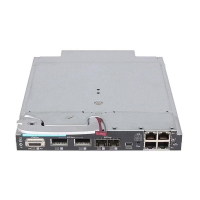
